VERSTAS Architects' Saunalahti School Exemplifies Finnish School Architecture
By Bustler Editors|
Wednesday, Jul 24, 2013
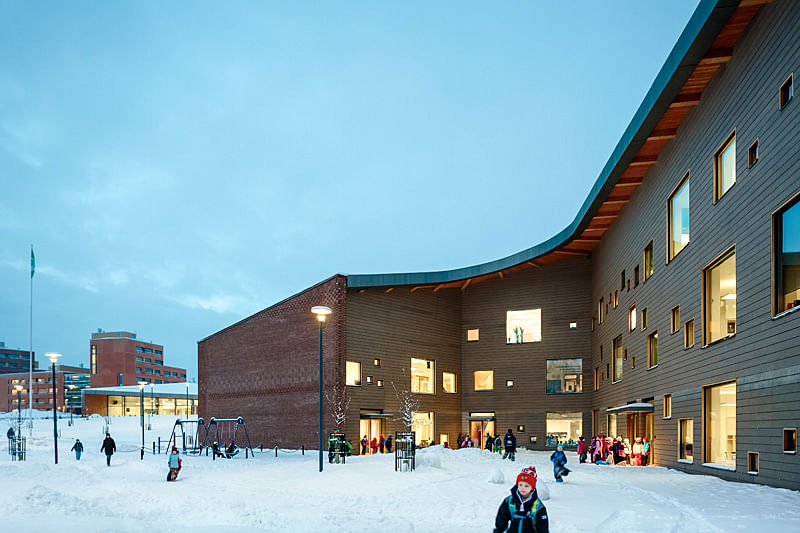
Related
Helsinki-based VERSTAS Architects has shared with us the beautiful Saunalahti Comprehensive School project in Espoo, Finland's second largest city. The school building, completed last fall, was the result of an open architecture competition in 2007 which VERSTAS Architects won.
The office is no stranger to the field of school design – having won awards for the Kirkkojärvi School project in Espoo and a third school scheduled for completion in 2016 on Hirvensalo island in Turku, Finland.
At the core of the design process for Saunalahti School stood the question of, primarily, how the physical school environment effects the learning results, and secondly, if a school building could also serve the larger audience as well. – Crucial thoughts considering the continuously highest ranking of Finnish education in international comparison.
Project Description from the Architects:
Pedagogical model as a starting point
In the “Future School” educational activities will increasingly take place outside the traditional classroom and introduce new ways of learning. Saunalahti school is a building tailored to support the pedagogical ideas of a forward-looking school. In its operation, the school puts special emphasis on new ways of learning, art and physical education and collaboration. The building supports these ideas by creating places for interaction of various scales and atmospheres.
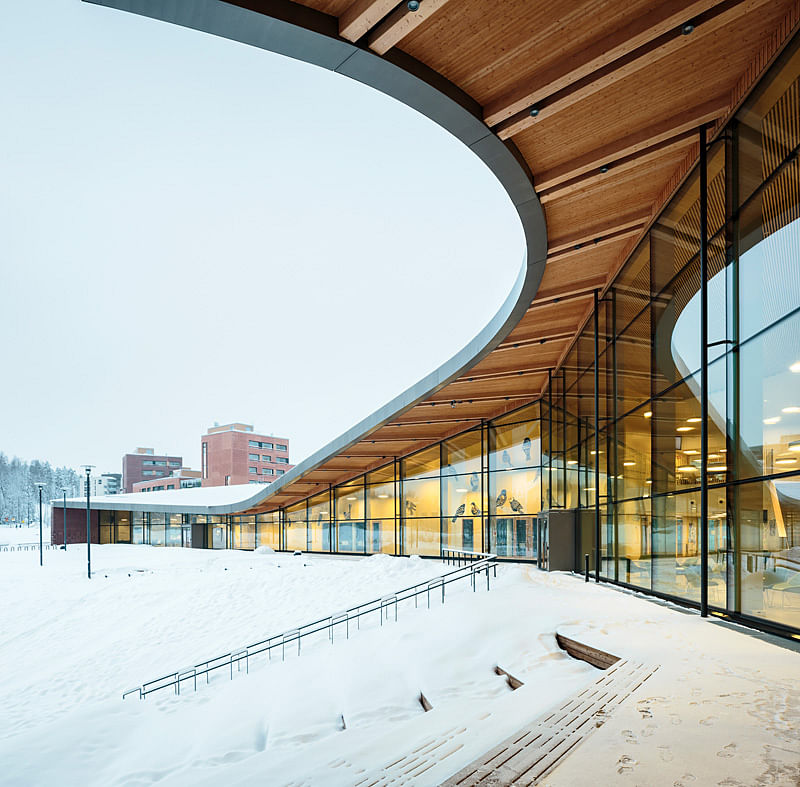
”Learning by doing”
Learning and doing with ones own hands improves learning results. Art and physical education versatilely contribute to good learning and growth. In Saunalahti school these teaching spaces have been dedicated a prime location in the building. The workshops open through glass walls to the street and the school yard.
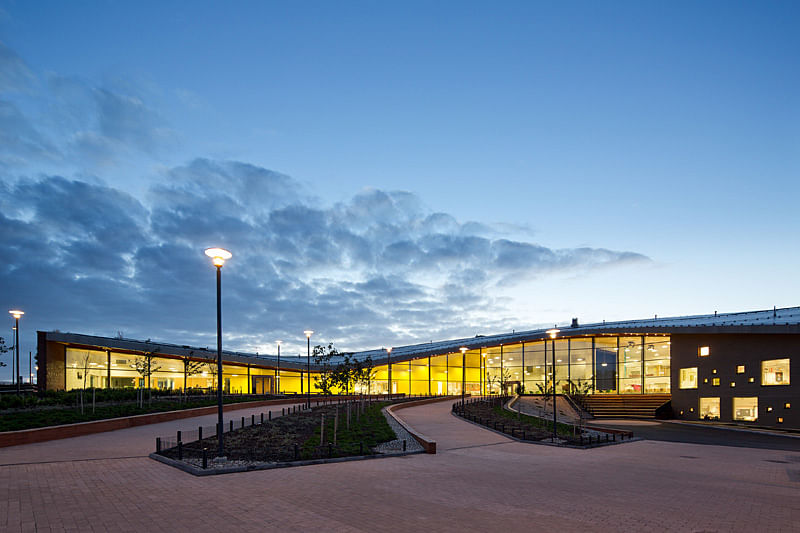
"Out of the classroom"
The spatial organization of Saunalahti school supports learning also outside of the classrooms and encourages kids to use the school spaces in open-minded and unorthodox ways. Every interior and exterior space is a potential place for learning.
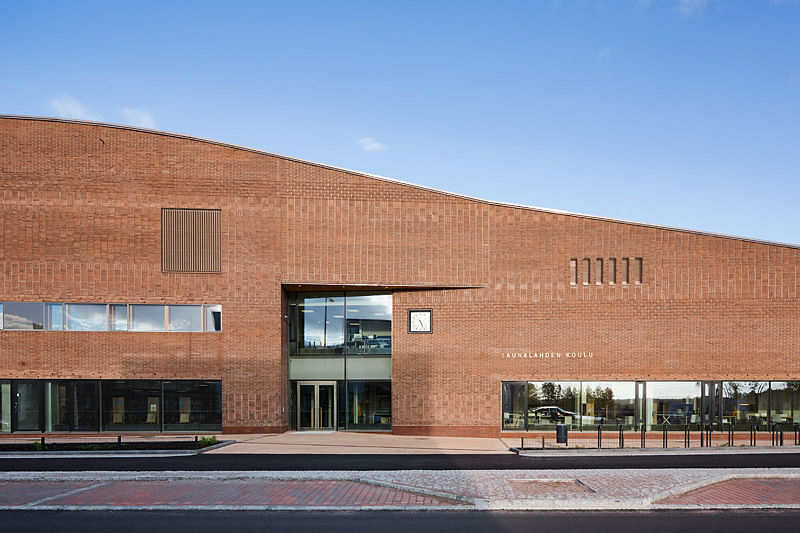
"Interaction and collaboration"
In addition to classes 1 to 9 of the comprehensive school, Saunalahti school houses a day care centre, preschool, youth house offering leisure activities and a small library combining the functions of communal and school library. In evenings and weekends different operators organize clubs and activities bringing together different user groups. The gymnastics premises are in communal use and the local residents actively use the sport fields and play grounds of the school yards. The building with its versatile array of services becomes the meeting point for the families in the area.
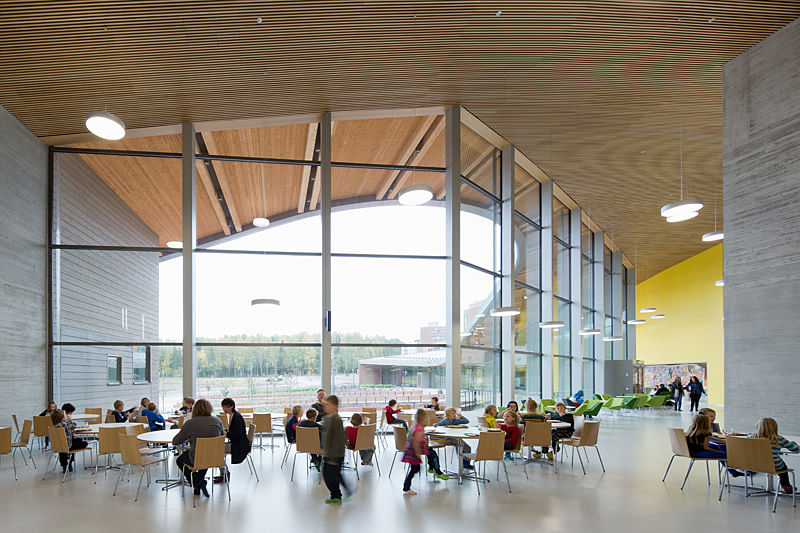
Common building for the whole community
Saunalahti school is a multi-purpose building for education and culture. The school is closely linked to the future central square of the new residential area of Saunalahti and its open character makes it an active part of the everyday environment of the residents.

The building is set on the site in a way that makes the school yards as safe and as comfortable as possible. On the west side the building borders the street while on the southern and eastern sides the main spaces openly connect to the square and the future residential area through the school yards. The building forms a sheltering background to the school yards, protecting them from the traffic and noise of the street. Main entrances are from both the street and the yard side. The home areas have their own entrances from the yard.
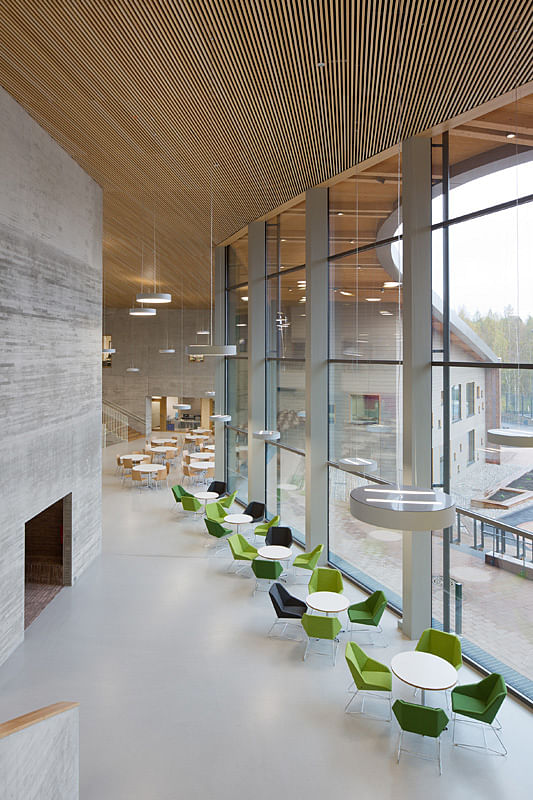
The school yards are divided by the building into areas with favourable conditions for children of different ages. The youngest children with shorter school days enjoy sunlight in the morning and midday hours on their cosy yard. The older kids part of the yard is more closely connected to the square and continues receiving sunlight over the lower workshop wing until late in the afternoon. The two sports fields and the equipment for exercise and play scattered around the school yards are used not only during the school days but also by the locals on evenings and weekends.

The topography of the site has been utilized in the terraced yard which winds around the front of the dining hall forming an outdoor theatre. The theatre integrates the interior and exterior worlds into a single spatial whole. The theatre stage is situated at the joint between the school yards for the older and younger children.

Functionality of the building
The functions and spaces are organized like a city into public, semi-public and private areas depending on the activity and the age of the children.
The most public space and the space where all different user groups meet is the multi-purpose dining hall - the heart of the building. The stage opens to the dining hall which also serves as the festival hall of the school. The auditorium and the small library combining the functions of communal and school library are situated next to the heart space and the main entrance. The heart space and its stairs and balconies provide views over the outdoor auditorium and beyond to the central square of Saunalahti area, somewhat like a Greek theatre set into the mountainous landscape. The spatial organization of the building and the stimulating school yard encourage children to go outside during the breaks to play and move around.

Classrooms for the smaller children are organized into home areas with their own separate small scale lobbies with views to the school yards. The lobbies are used for group work and are closely connected both to the classrooms and to the heart space. The day care centre on the ground floor has its own yard on the quietest corner of the site. The older children's classrooms and the administration are placed to the second floor around the heart space.
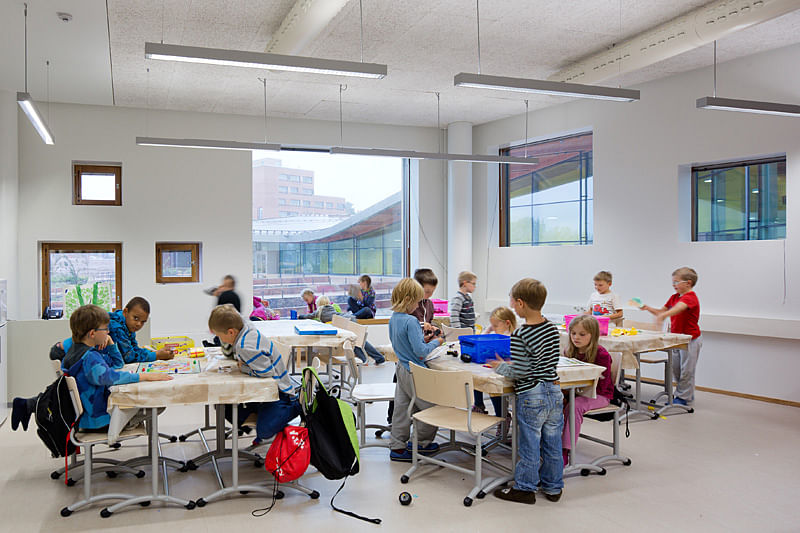
The spaces for art and physical education comprise the workshop area between the street and the school yards. The spaces including workshops for cooking, music, wood, metal and textile handicrafts reveal the action to the surroundings through large openings to the street and the student work gallery toward the school yard. The youth house is placed to the southernmost part of the building next to the workshops and the future central square, providing it with a distinct atmosphere suitable for the leisure activities. The gymnastics halls on the ground floor can be used separately from the rest of the building through the entrances on the northern side.

Façades and materials
The scale of the building varies according to the functions and the age of the children both in the façades and inside the building. The free-from shape of the new school building follows the terrain. The roof, undulating to provide the optimal sun light conditions for the school yards, takes the shape of a soft meandering landscape. From the central square and the neighbouring apartment buildings the copper roof forms the fifth façade of the building.
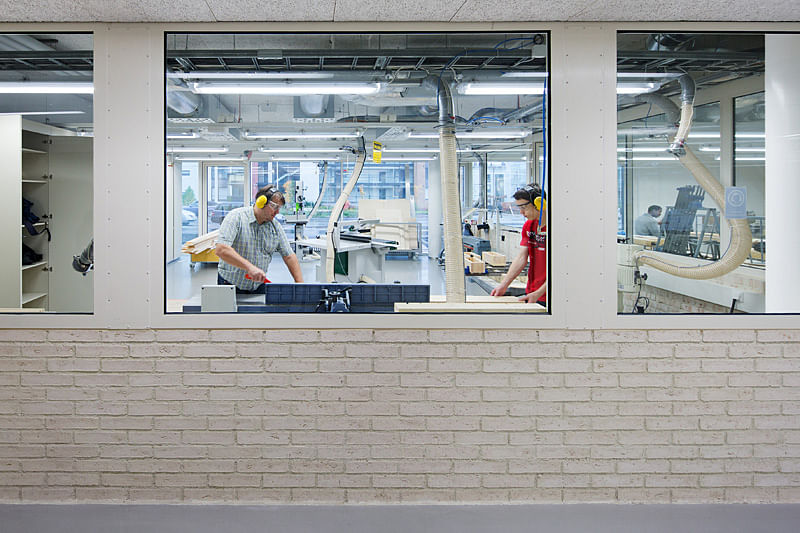
The vast light central heart space of the building is emphasized by the characteristic free-form ceiling that echoes the form of the roof. Massive walls of cast on site concrete support the laminated timber beams that are left visible on the eaves outside the large glass wall of the space. Energy-efficient solutions – such as efficient heat recovery ventilation, highly controlled lighting and solar power – are used in the building.
Authentic materials used both on the façades and in the interiors are durable and give the building a warm and relaxed atmosphere – rough red brick, warm wood, concrete and copper on the façades and oak, concrete and light coloured rough surfaced brick in the interiors.

Subtle colours are used in the interiors in combination with the real colours of the surface materials to give the spaces warm and peaceful atmosphere suitable for learning. Brighter colours are used sparingly. The staircases and other spaces for circulation of different parts of the building have their unique signal colours. The colour scape of the furniture and signs of these areas echo the colours of the to help orientation in the large building.
The brick façades utilize the versatile properties of brick, comprising a collage of different brick-laying and bonding techniques. The layered belts of different brick bondings create an intermediate scale to the façade of the large building and emphasize the undulating eave line of the walls. The wooden façades facing the school yards are sheltered by long eaves.
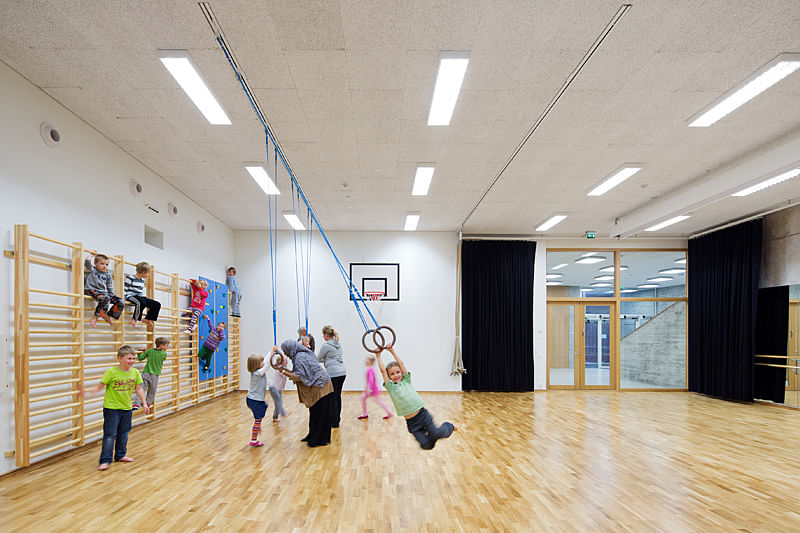
Project Details:
Location: Brinkinmäentie 1, Espoo, Finland
Status: Completed in 8/2012
Gross floor area: 10,500m2
Volume: 54,900 m3
Client: City of Espoo
Main contractor: YIT Rakennus Oy
Architectural design: Verstas Architects
Open architecture competition 2007, 1st prize
Principals: Väinö Nikkilä, Jussi Palva, Riina Palva, Ilkka Salminen
Project architects: Jari Saajo, Ville Nurkka, Aapo Airas
Interior design: Karola Sahi in collaboration with Verstas Architects
Landscape architecture: Milla Hakari, Pia Kuusiniemi / LOCI maisema-arkkitehdit Oy in collaboration with Verstas Architects
Other team members at Verstas Architects: Antti Carlson, Ossi Konttinen, Charlotte Nyholm, Sampsa Palva, Esmeralda Ståhlberg
Photographs by Andreas Meichsner and Tuomas Uusheimo
Find more photos and project drawings in the image gallery below.



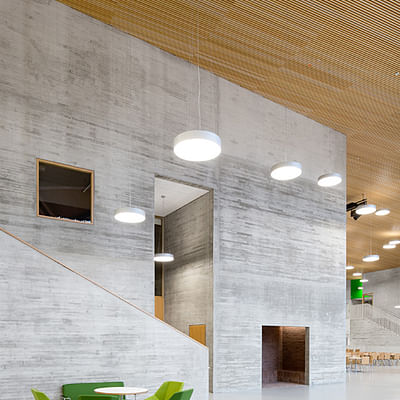
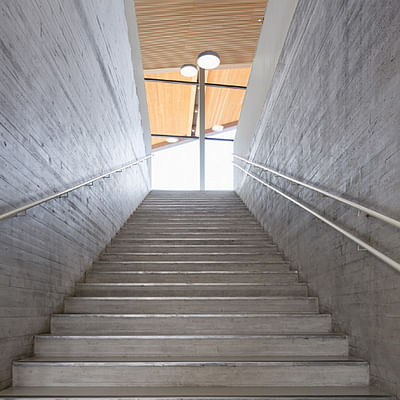

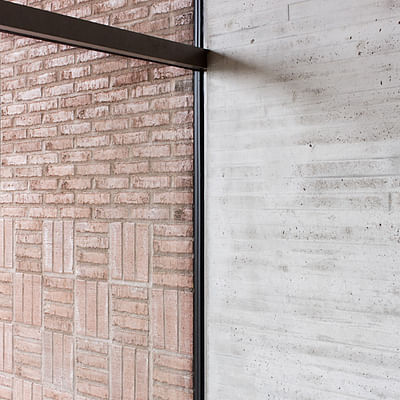
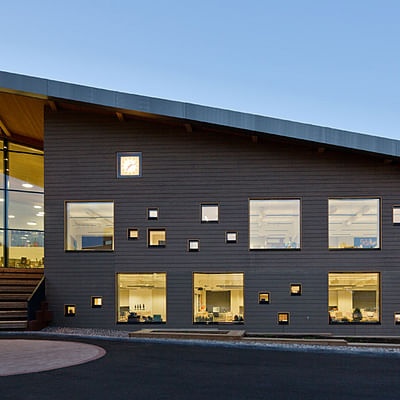
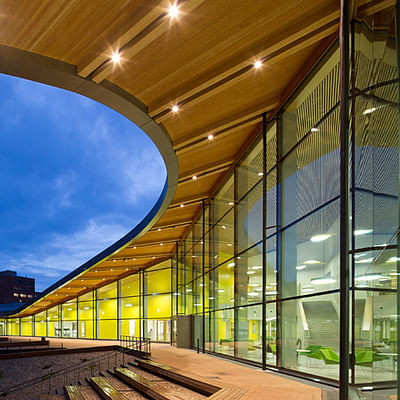




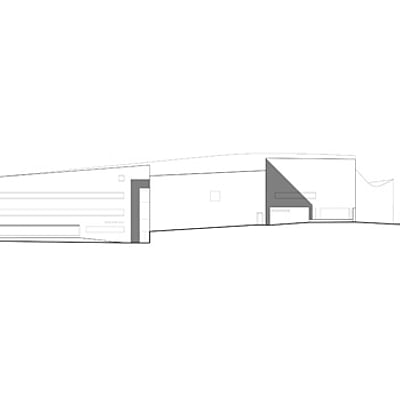

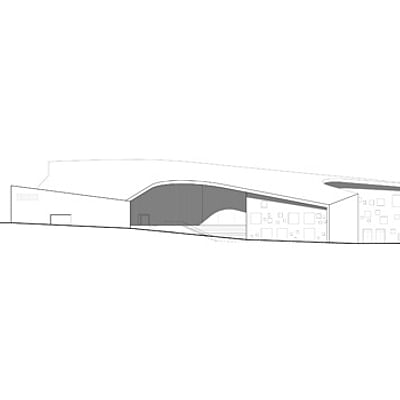

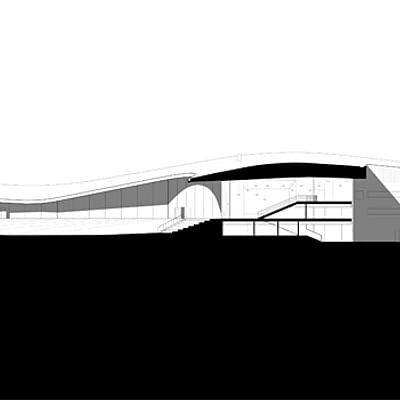

Share
0 Comments
Comment as :